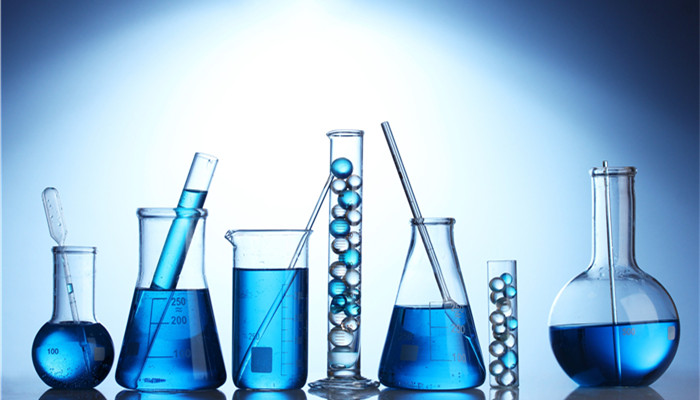
2,6-Dichloroaniline market size declines and industry development prospects are average
The chemical formula of 2,6-dichloroaniline is C6H5Cl2N, CAS number is 608-31-1, molecular weight is 162.02, density is 1275g/cm3, melting point is 36-38℃, boiling point is 228℃, appearance is white needle-like crystal, product It is soluble in organic solvents such as alcohol and ketone, and slightly soluble in water. It is an irritating chemical that is toxic and harmful to the environment.
There are many production routes for 2,6-dichloroaniline. There are three main industrial production routes for 2,6-dichloroaniline in China: One is using p-aminobenzene sulfonic acid as the starting raw material, and desulfonating the sulfonic acid group through chlorination and hydrolysis. 2,6-dichloroaniline is prepared, but this method causes large waste pollution; secondly, 3,5-dichloro-4-aminobenzene sulfonate is first prepared by using p-aminobenzene sulfonamide as the starting material and hydrogen peroxide hydrochloric acid. amide, and then use 70% sulfuric acid to hydrolyze the sulfonamide group at 140-160°C to prepare 2,6-dichloroaniline. However, the price of raw materials in this method is high, the cost is difficult to control, and the product yield is low; third, aniline is used With urea as the starting raw material, 2,6-dichloroaniline is prepared through condensation, chlorosulfonation, chlorination, steam decomposition and concentrated sulfuric acid hydrolysis. However, the process route of this method is long, and chlorosulfonic acid has a great impact on the environment. Overall, the current 2,6-dichloroaniline production technology is still immature.
2,6-Dichloroaniline is mainly used to synthesize diclofenac and 2,3,4-trifluoronitrobenzene, and is ultimately used in the production of third-generation quinolone acid drugs such as ofloxacin. According to the “China 2,6-Dichloroaniline Industry Market In-depth Research and Development Prospects Report 2023-2028” released by the Industrial Research Center, in 2022, China’s 2,6-dichloroaniline market size will be 203 million yuan, with a growth rate of -2.8%.
At present, the domestic market demand for 2,6-dichloroaniline is small and the future prospects are average. Some companies are forced to withdraw from the market due to factors such as capital, cost, environmental protection, technology, etc. For example, Puyang Jinbang Haorun Chemical Technology Co., Ltd. has Exit the 2,6-dichloroaniline market and no longer produce 2,6-dichloroaniline products. At this stage, there are few manufacturing enterprises in my country’s 2,6-dichloroaniline industry, with only two companies, Shandong Yinglang Chemical Co., Ltd. and Hubei Tosao Chemical Technology Co., Ltd., and the market concentration of my country’s 2,6-dichloroaniline industry is very high.
The promulgation of policies such as the “Notice on Continued Management of Clinical Application of Antimicrobial Drugs” and the “National Action Plan to Contain Microbial Resistance (2022-2025)” will have a certain negative impact on the expansion of the market scale of quinolone acid antibacterial drugs. This will further affect the application of 2,6-dichloroaniline in the production of quinolone acid antibacterial drugs, which is not conducive to the growth of demand for 2,6-dichloroaniline.
Industry analysts said that in the future, China’s 2,6-dichloroaniline industry will have average development prospects and poor investment opportunities. Restricted by two factors: First, at present, whether it is universities, research institutes and other research institutions, or manufacturing enterprises, the research enthusiasm for 2,6-dichloroaniline is average, which leads to the production process of 2,6-dichloroaniline. It is difficult to achieve major breakthroughs in product application and application, and the overall demand for 2,6-dichloroaniline will not increase significantly; secondly, under the background of policies such as “carbon neutrality” and “carbon peaking”, China’s Environmental protection policies will become more and more strict, and the 2,6-dichloroaniline industry will produce environmental pollution during the production process. As a result, 2,6-dichloroaniline production companies will face phased suspension of production or even permanent production due to non-compliance with environmental protection standards. There are various risks such as permanent production suspension and factory relocation, and development pressure is high.

 微信扫一扫打赏
微信扫一扫打赏

